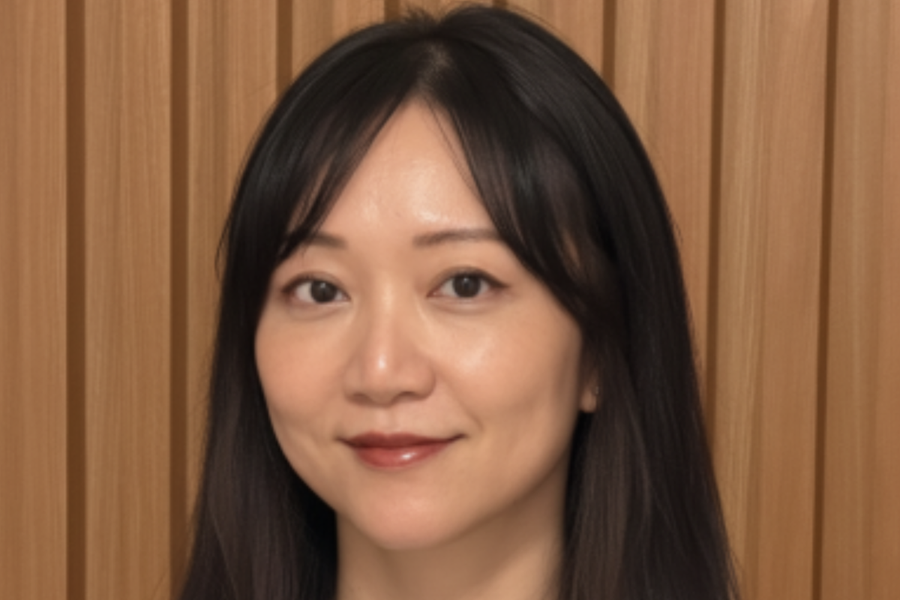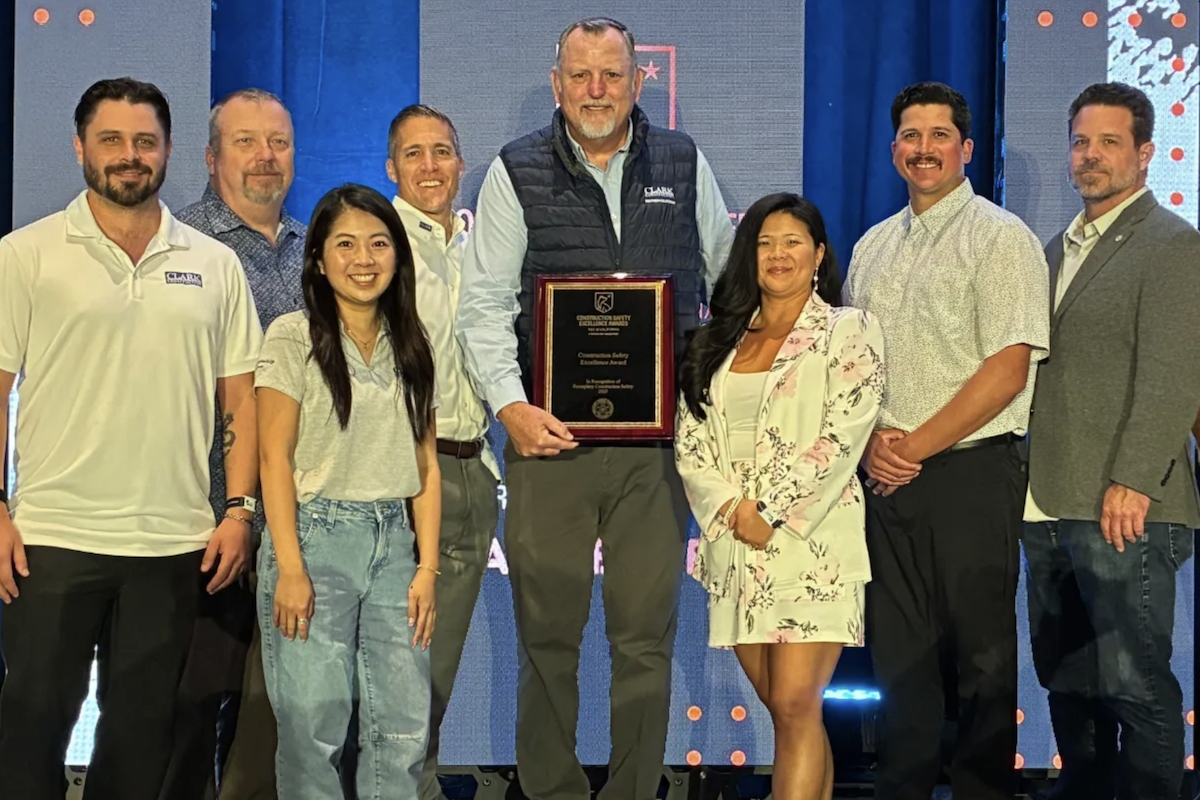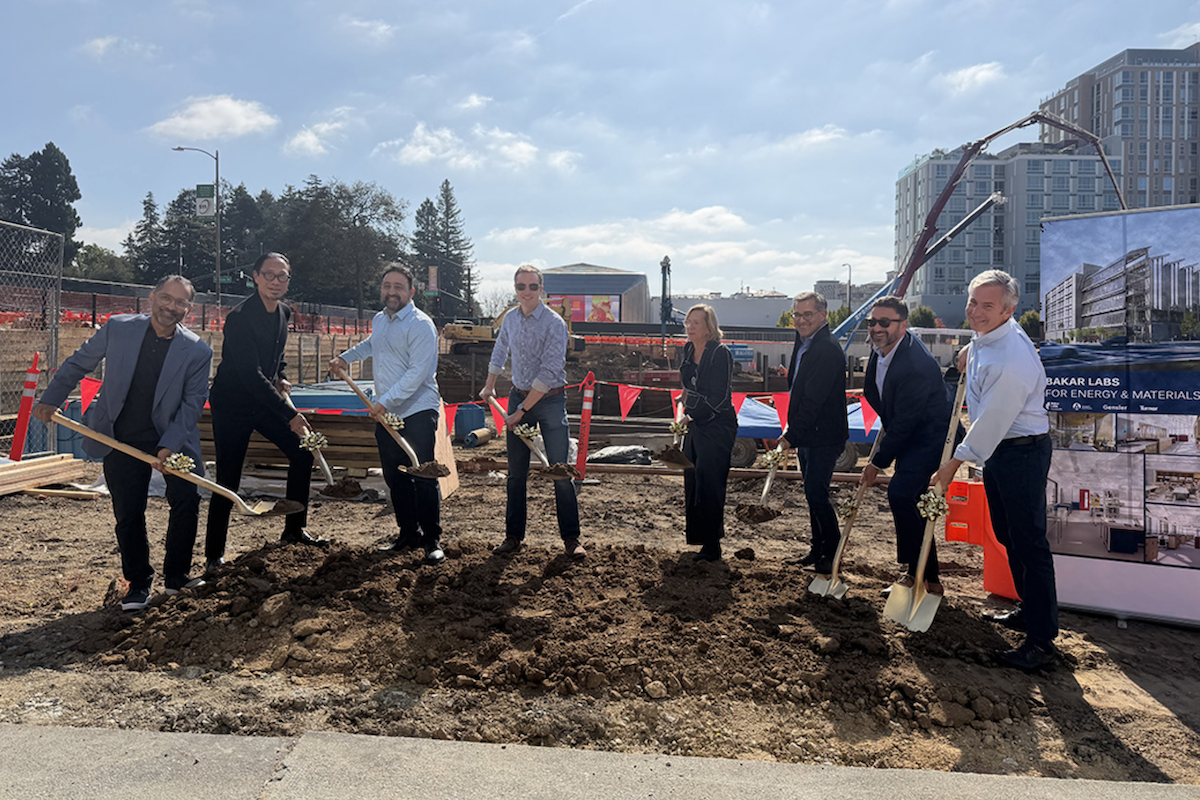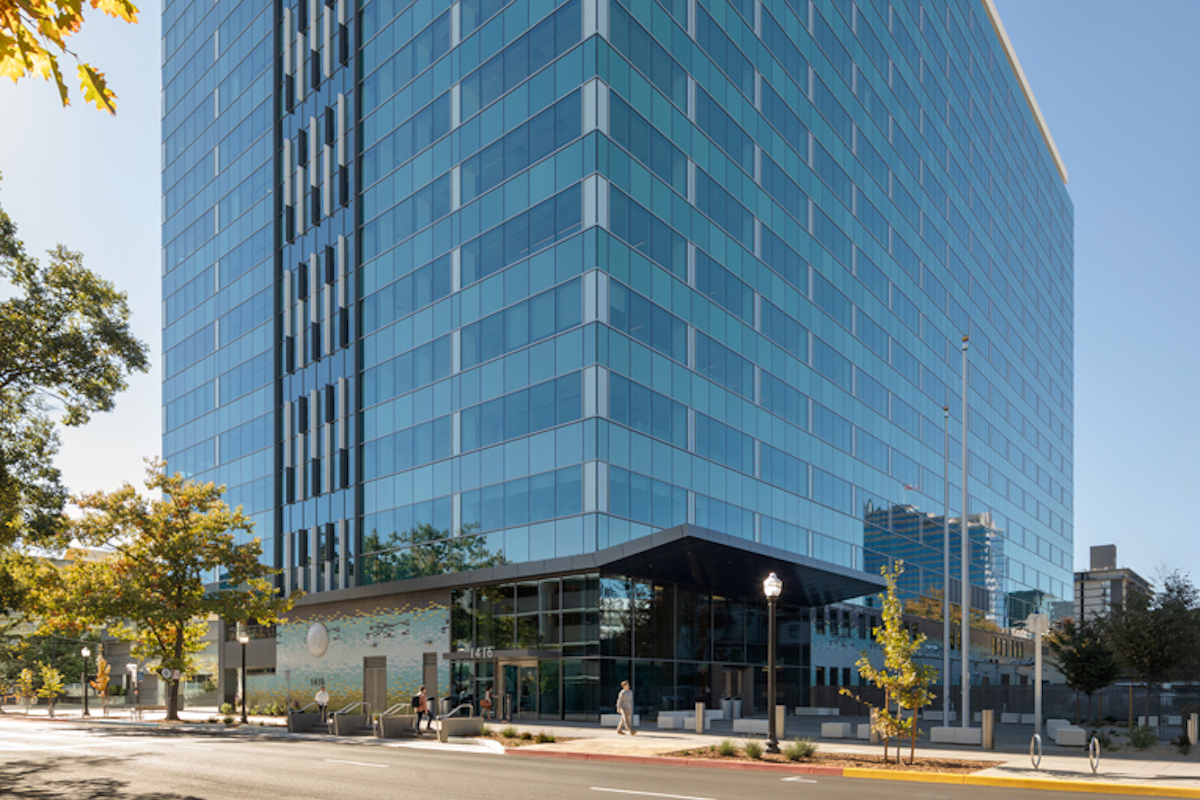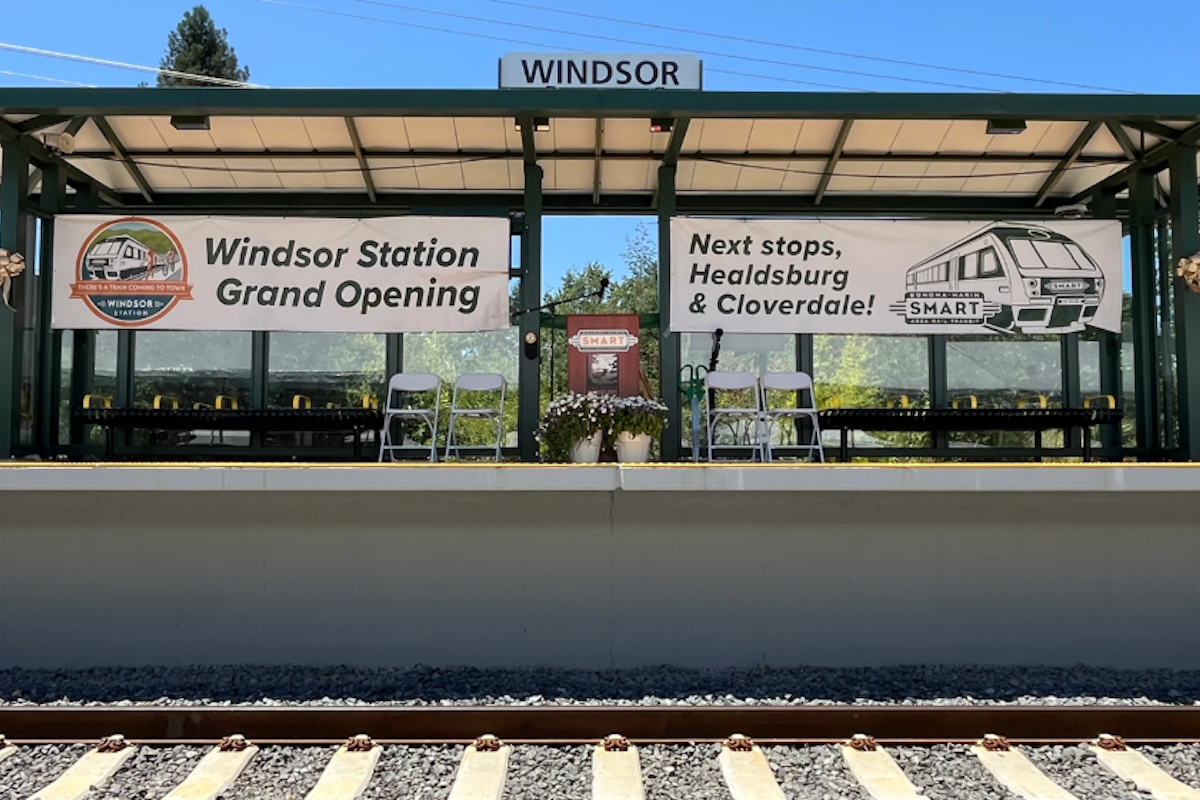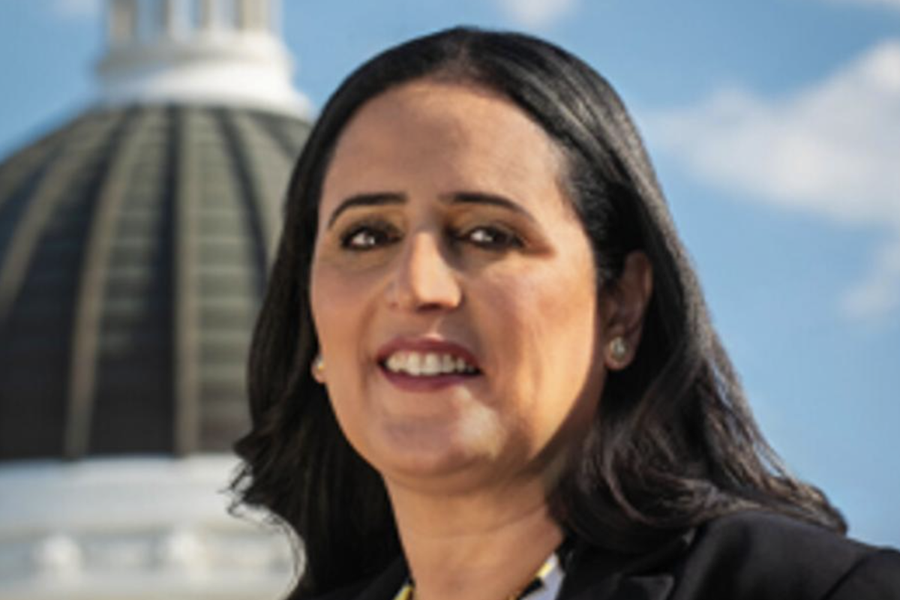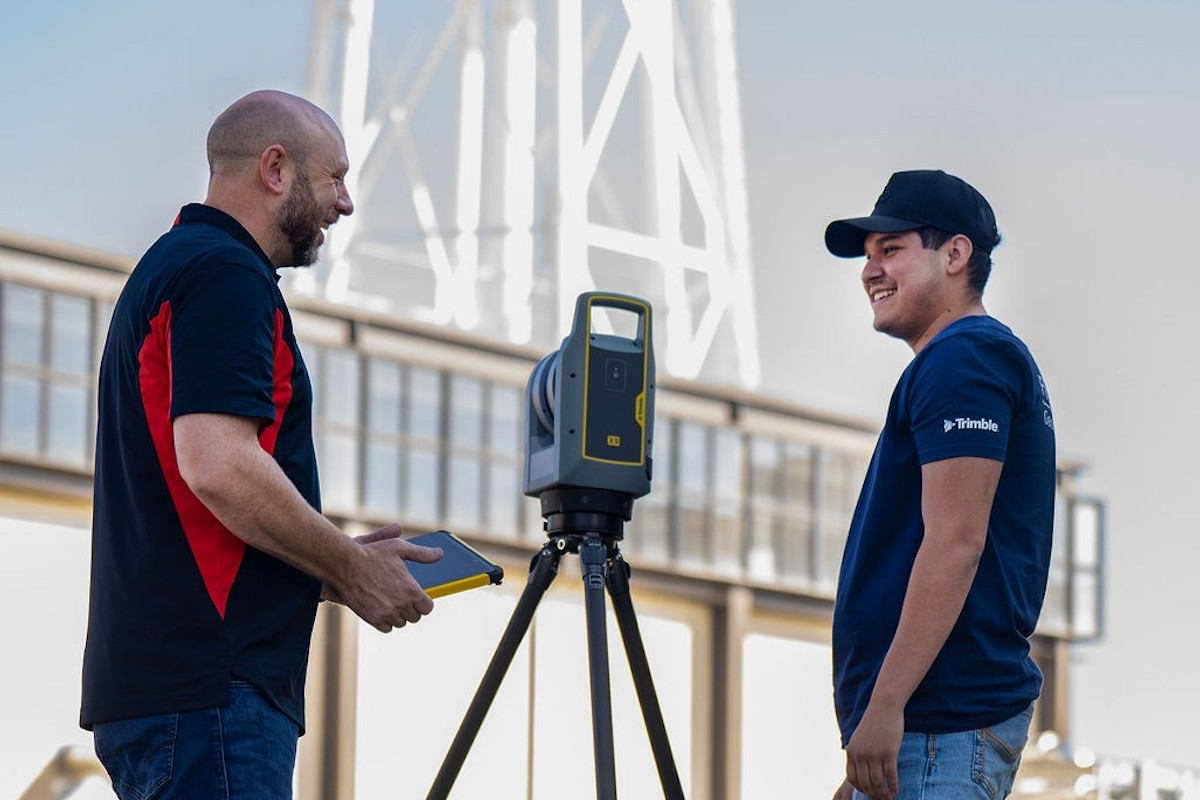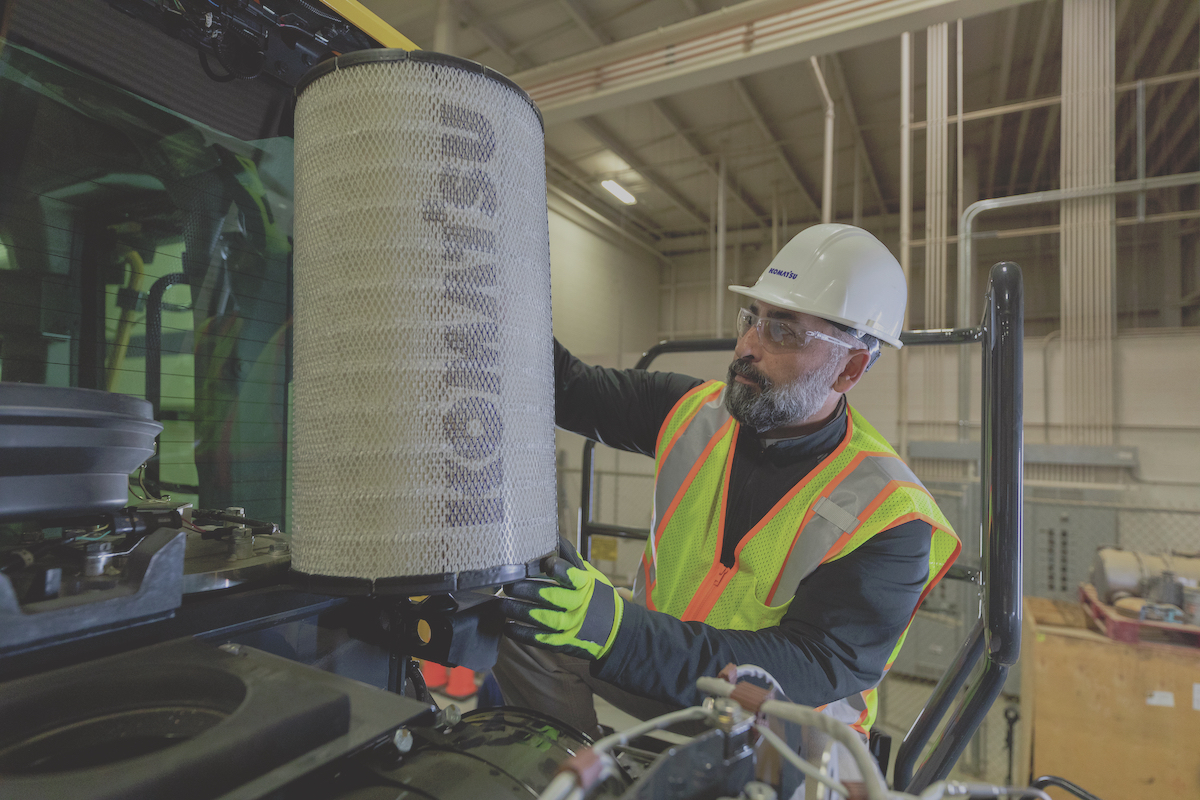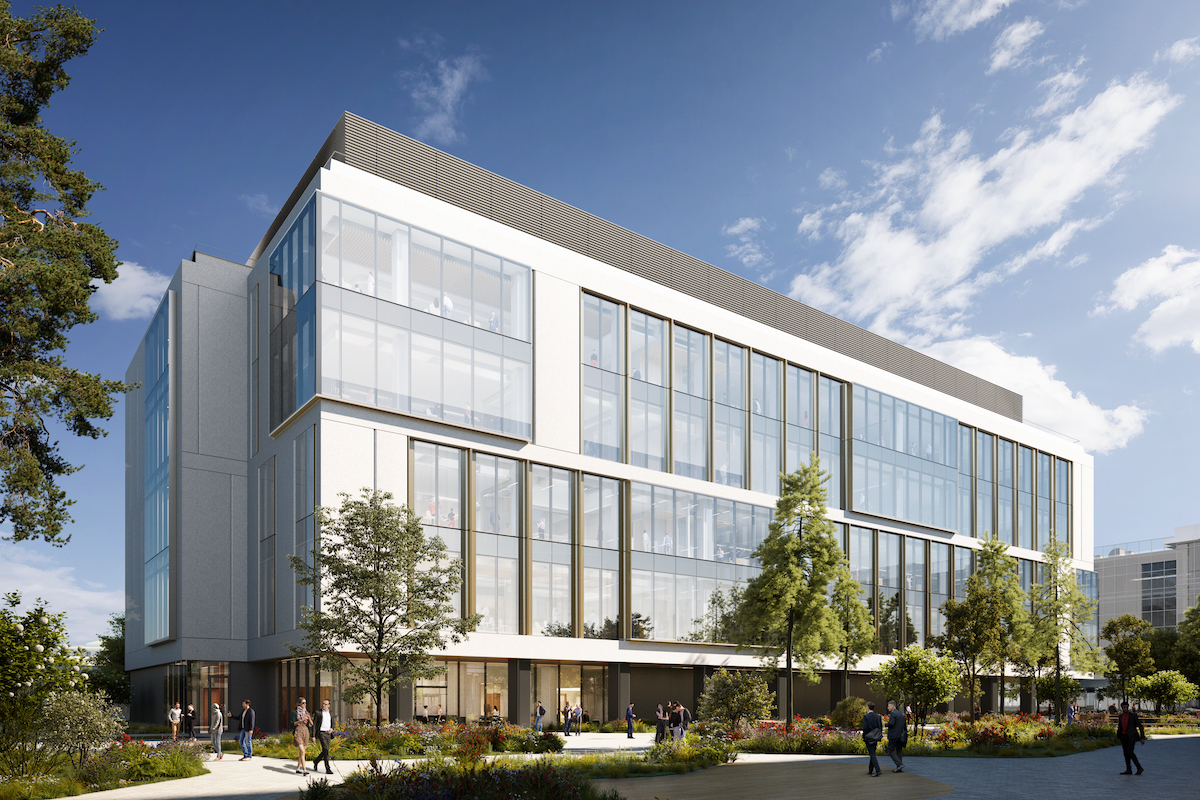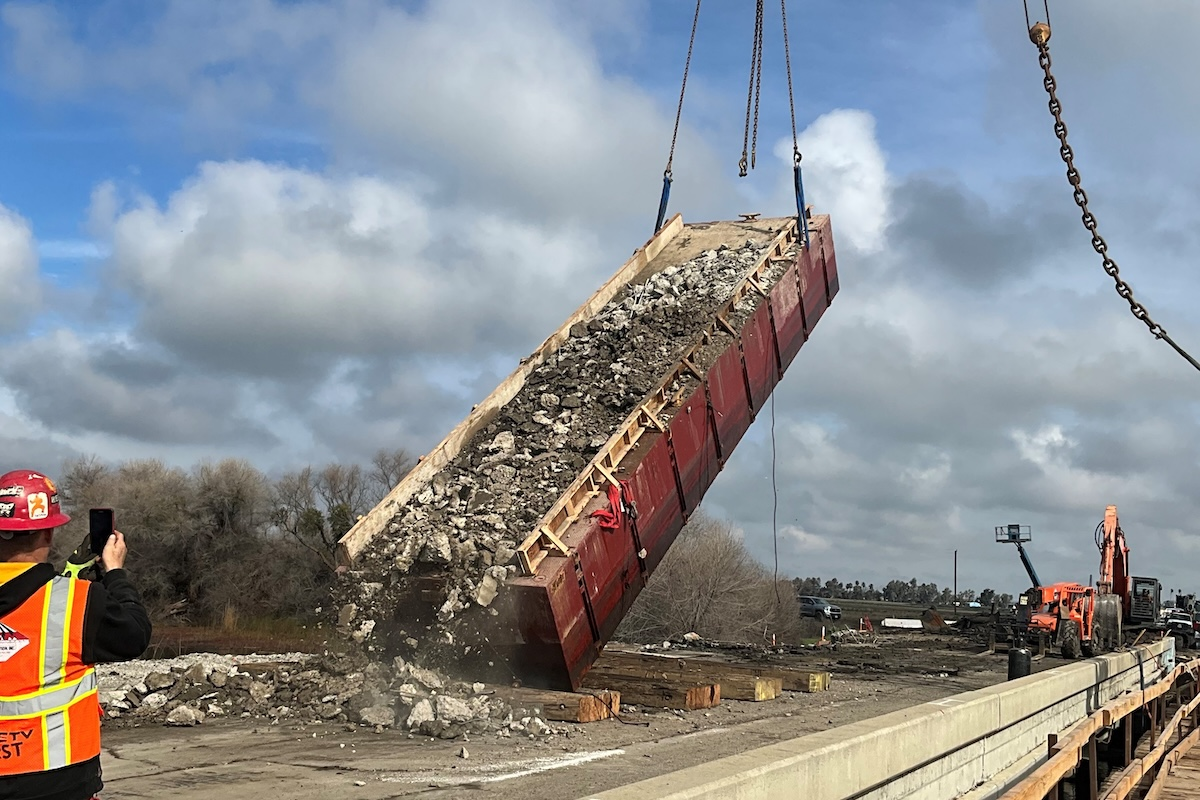“This is my anniversary stack,” Conner said. “We've got two 10-year anniversaries on March 3rd, we’ve got another 10-year on March 10th, a 20-year on March 15th, and a 25-year on March 22nd.”
Conner joined American Structurepoint as an intern in 1971 and celebrates his 53rd year at the company this year. As the longest-tenured employee and incoming CEO, Conner makes it his responsibility to ensure every newcomer to the firm (635 employees and counting) is personally welcomed by the President or CEO with a hand-written note and an in-person acknowledgment. Likewise, when employees celebrate a work anniversary, they know to expect a personal email from the “Top” congratulating them on their achievement.
“There's a different culture here than exists in a lot of firms,” Conner said. “Growing up in the firm, these people are my friends. The ones that are still here and the ones that left – they're all family. I hope to have a relationship with each and every employee that we hire.”
Having worked in every department of the company from land surveying to bridge design, Conner brings an undeniable level of expertise to each project. But his most important project, Conner said, is the company itself.

| Your local Trimble Construction Division dealer |
|---|
| SITECH West |
| SITECH Southwest |
“If I'm addicted to anything, it's making our company better and continuing to see it grow,” Conner said. “Not because I want to retire as a zillionaire, but because if it doesn't grow, we can't attract the best people.”
During Conner’s early days in the industry, most transportation firms honed in on public sector projects. But American Structurepoint capitalized on opportunities in the private sector, taking on a unique mix of public and private work that spurred unprecedented growth for the firm.
“Our service lines back in those days began to separate,” Conner said. “We had all this work we were doing; we had bridge people, we had road people, and we had architects, and it was one big group of people that comprised our company. But as time went on, our professionals started to gel into formal, separate departments.”
After he was appointed President of the firm in 1990, Conner began organizing various disciplines within American Consulting Engineers while placing a greater focus on business development and client relationships.
“When they made me President, that gave me some authority to implement several strategies,” Conner said. “That's when we started organizing these disciplines. We started focusing on clients and business development. We started adding disciplines like environmental science that support transportation. Site civil became more organized. And we started doing more architecture, structural, and design-build ventures.”
During those same early days in his president role, Conner began hiring salespeople and marketing professionals to advocate for the company and seek out more work in local communities throughout Indiana.
“Prior to that, we were really good engineers, and we let the quality of our work market for us.,” Conner said. “Around this stage of the game, we realized that you can't run a business that way. There's got to be systems and processes. My contribution to the growth of the company is turning it into a professionally managed organization.”
Renamed American Structurepoint in 2006 to reflect the company’s newfound range of expertise, the firm opened offices in Fort Wayne, South Bend, and Columbus, OH. It began offering services like investigative engineering while continuing to work on large-scale transportation projects.
The firm doubled in size from 1990 to 2000, growing from 60 full-time employees to 131 during the first decade of Conner’s presidential tenure. Two decades and 400 new employees later, Conner said American Structurepoint still maintains the close-knit environment that drew him to the firm fifty years ago.
“When we talk to new employees on their first day, we tell them that we have a family-oriented culture,” Conner said. “We also tell them, 'I know you're thinking that can’t be true, because there are 635 people here. How could you ever have a family-oriented culture?' Well, if you hire for heart first and technical expertise second, then you can. Surround yourself with great people and inspire them to do great things.”
Conner said he learned early during his career that successful projects require more than just quality design.
“Having an engineering specialty is great, but few clients buy projects ala carte,” Conner said. “Develop a deep understanding of the role every discipline plays in developing the project.”
Equally important as engineering, Conner said, is effective communication.
“[As engineers,] we don’t get enough training in communication,” Conner said. “Practice written, oral, and body communication every day and get good at it.”
Conner said firms must determine the client’s “real” goals for a project up front, always keeping sight of the overall objective throughout the process.
“Engineers think that clients expect perfection in the design,” Conner said. “Sure, they expect that. But they're doing that project for a completely different reason.”
True customer service is like gold, Conner said. “Deliver it, and clients will always give you the benefit of the doubt.”
Listening intently to clients led Conner to form American Structurepoint’s forensic engineering division in 2000. After noticing that customers often contacted the firm about problems with their buildings post-construction, Conner hired a forensic engineer to help clients identify and fix structural issues. American Structurepoint now employs roughly 40 forensic engineers in five states, bringing a new client base to the firm that includes insurance companies, property managers, and litigators.
“Every person in that video soundly said it's all about the people,” Conner said. “And it is. It's all about the people. You hire really good people, pay them what they're worth, and give them the freedom to excel.
As firm consolidation becomes increasingly prevalent in the AEC industry today, Conner said he fears that firms might soon lose sight of the human connection element that makes them thrive.
“I worry that the deterioration of the employer-employee relationship will impede our effectiveness as an industry,” Conner said. “We win or lose the productivity war based upon how well our people support each other. How in the heck are you going to do that if they never see each other? If they don't share stories about their kids? If they don't have fun together at the company Christmas party? There's a cultural part of this that must be in place, and I don't think many of the very large firms get it.”
The culture at American Structurepoint permeates well beyond the walls of its Indianapolis headquarters. In addition to flying in hundreds of staff members who work outside of Indiana for the firm’s annual Christmas party, Conner encourages employees to pursue community service initiatives which interest them. Employees can receive up to two hours of paid time each month for community service during work hours. The firm also matches dollar-for-dollar employee payroll contributions to the American Structurepoint community service fund.
“We hire people for heart first. If you hire people that really want to work with each other, want to do a good job, and believe in people – 9 times out of 10, the technical expertise is going to be there too,” Conner said. “We can teach them how to design a bridge. But we can't teach them how to have heart.”




















